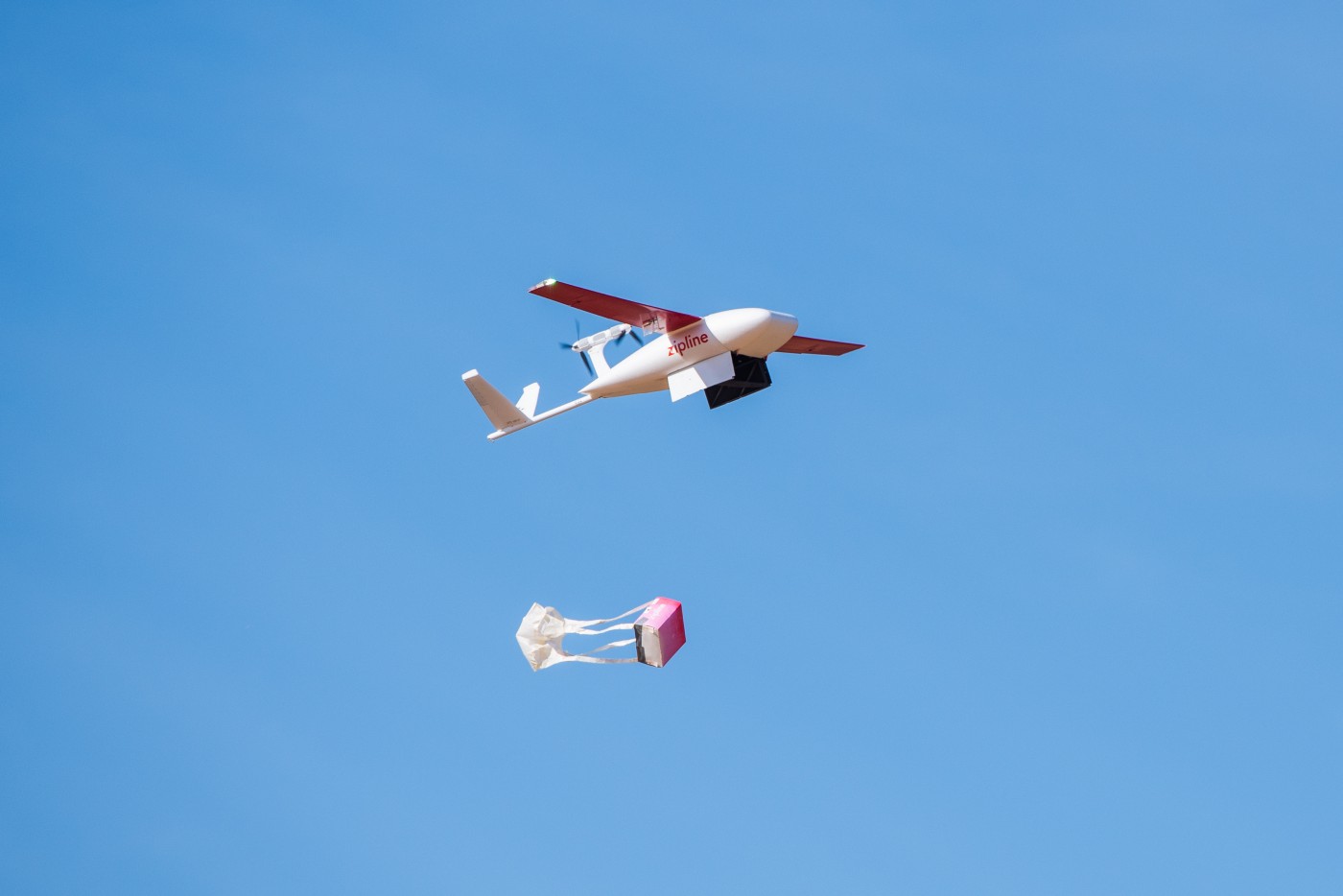
Leading global instant logistics and drone delivery specialist Zipline revealed it has set another precedent by conducting its the first beyond visual line of sight (BVLOS) flight in the US without any ground observers.
Zipline dropped the news in the closing hours of Friday, saying it had completed its first US BVLOS flight without ground monitors just two months after it had gotten Federal Aviation Administration (FAA) approval to operate those missions. That open-ended authorization is considered sine non quo for drone companies of all kinds being able to scale their activities, but particularly those in the aerial delivery business.
Even then, however, securing what up until now have been very rare FAA permits to conduct BVLOS flights without human observers is the first hurdle. From there, recipient companies must migrate their tech from arcane approval filings into flesh and blood – or, in this case, rotor and onboard tech – action in the sky. That’s a transfer to operational reality that Zipline CEO Keller Rinaudo Cliffton wasted no time celebrating.
Zipline conducted the milestone flight with one of its P1 delivery drones in the Salt Lake City area, where it has UAV delivery business with local healthcare and medicine providers. It said it launched the craft just an hour after getting final FAA clearance to begin BVLOS operations without ground observers, using onboard perception systems in their stead.
With that precedent under its belt, Zipline says it plans to conduct all its drone deliveries in Utah as BVLOS flights without terrestrial monitors, and will soon expand that mode across the US to its other UAV networks.
Okeoma Moronu, Zipline’s head of global aviation regulatory affairs, explained the import of the company’s BVLOS breakthrough in detail.
“Earlier this year Zipline became the first company in US history to receive approval from the FAA to leverage an onboard perception system to enable autonomous long-distance drone delivery flights, and today, we made history doing just that,” Moronu said. “This is widely considered the holy grail of approvals for scaling drone delivery operations… (It) means that Zipline can now go from serving a few thousand homes to serving hundreds of thousands of homes within the US.”
As it does, Zipline will initially rely largely on the P1 drone tech it has already used to make more than 815,000 customer deliveries in Africa, Japan, the US, and elsewhere. It plans to initiate operation of its cutting-edge, automated P2 platform in 2024, just a year after unveiling it last March.
FTC: We use income earning auto affiliate links. More.



Comments